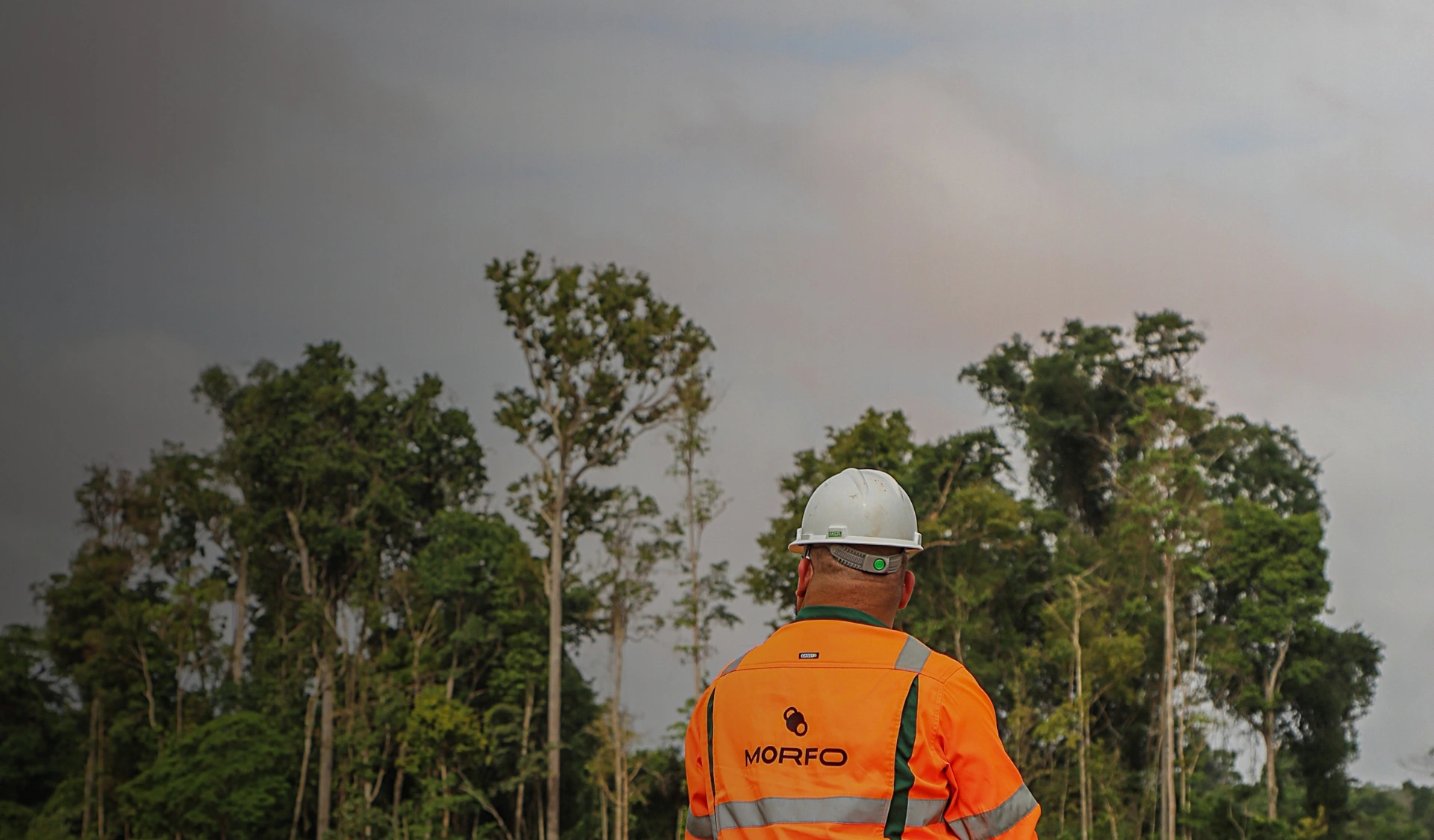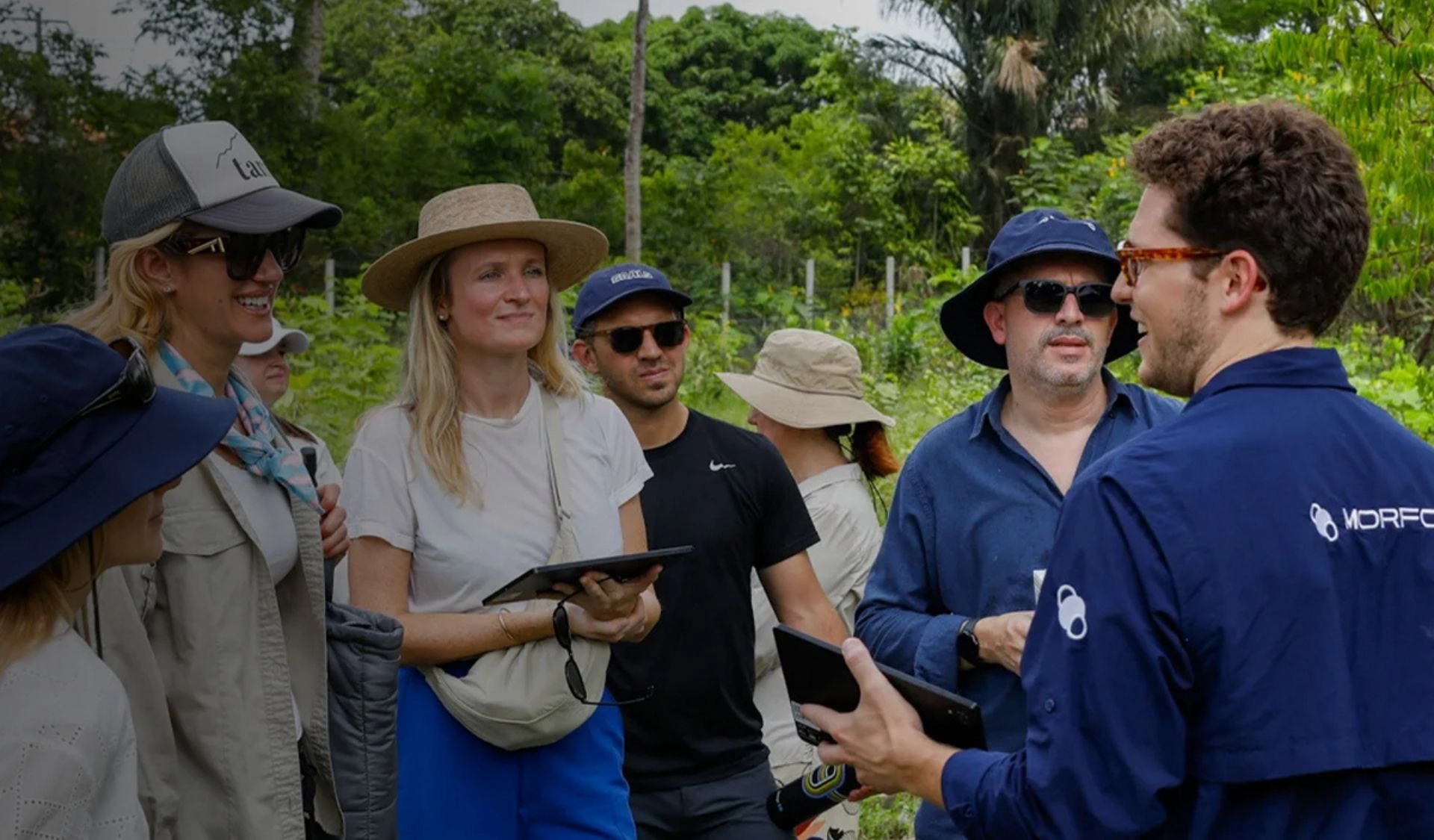Forest monitoring: a practice that has become indispensable
Large-scale restoration projects are urgently needed. By 2030, the UN aims to restore one billion hectares of land. At the current rate, only 5% of this target will be achieved.
One of the key factors determining our ability to restore thousands or millions of hectares is the quality of forest monitoring. Without high-quality monitoring, we lack the data needed to improve planting practices, maintain ecosystem integrity and secure funding through transparency. That's why the new survey from ETH Zurich's Crowther Lab is so valuable. It collected data from 166 practitioners in 14 Latin American countries, revealing a wealth of previously unpublished information.
The first thing this study shows us is that forest monitoring has become indispensable. Today, monitoring is both entrenched and essential: 91.5% of projects surveyed said they carried out some form of monitoring.

Techniques and costs still vary widely
Although monitoring has become an indispensable practice in recent years, there is still room for improvement. The survey highlights that the main problem facing practitioners today is the lack of maturity in forest monitoring.
- Firstly, there is a huge variation in methodologies :
- On average, monitoring lasts 8.8 years, but this varies considerably, making it difficult to consistently measure the success of restoration projects.
- Remote sensing is the main technology used by 42.1% of practitioners for monitoring. Photographic trapping follows with 32%, while more recent technology technologies such as bioacoustic monitoring are little used.
- Secondly, there is a huge variation in costs :
- The average annual cost of monitoring is USD 1,273 per hectare, but this figure varies widely, reaching up to USD 15,000 per hectare.
- Costs fluctuate both between and within countries.
Importantly, these variations showed no statistical differences between organization types, indicating a universally high variability in practices.
First challenge: Aligning monitoring and restoration objectives
The authors question the relevance of what is monitored versus what should be.
Examining the dynamics of practitioners' restoration projects, the authors noted a greater emphasis on tree growth than on the broader goal of biodiversity rehabilitation. Although restoration initiatives often prioritize tree growth, the measures used to evaluate success frequently overlook the crucial aspect of biodiversity conservation.

What's more, the indicators used to monitor restoration (Fig. 1) often don't match the motivations behind the same restoration actions (Fig. 2). This mismatch between desired outcomes and the indicators used to monitor progress towards those outcomes is a key factor limiting the ability to assess the success of restoration efforts.
"While measuring early survival and growth responses of planted trees (but more rarely naturally establishing vegetation) may be linked to carbon storage and climate change mitigation motivations, there is a clear disconnect between the most frequently expressed restoration motivation of biodiversity conservation and biodiversity monitoring efforts."

Second challenge: Distinguish between monitoring mature trees and seedlings
Are technological advances, particularly in remote sensing, the most widely used tool, answering the right questions?
Well, yes, but not enough. Advances in remote sensing, artificial intelligence and data analysis have made it increasingly feasible to monitor large tracts of land efficiently and cost-effectively. More and more researchers, conservation organizations, governments and technology companies are collaborating to develop innovative monitoring solutions.
- Meta and the World Resources Institute are working on large-scale canopy measurement, using satellites to accurately measure trees. However, this remains difficult, costly and not always possible due to resolution limitations and cloud cover, particularly in tropical regions.
- Embrapa, along with other organizations, has developed a tool to identify mature tree species using orthophotos captured by drones. Although the tool is not perfect, it has gone beyond basic recognition and can identify around five species with precision. Embrapa has made the tool available for testing and use, demonstrating transparency in its development process.
These examples indicate that monitoring efforts are mainly focused on mature trees. Today, remote sensing, the most commonly used technology, is mainly effective for conservation projects and some restoration projects (only after several years).
"Most of these monitoring programs focused on quantifying certain aspects of tree planting efforts, such as tree survival (74.3%) and growth (61.2%) inventories. Fewer respondents indicated that they monitored biodiversity recovery, with most efforts focusing on birds (37.5%), mammals (23.2%) and woody vegetation (24.3%)."
And what about monitoring young plants? How do we know that biodiversity has been properly restored? At MORFO, we're actively working on this subject.
.png)
Third challenge: Aligning field surveillance with cutting-edge technology
Our belief at MORFO is that surveillance will always involve both ground and air components.
Each method is indispensable and complementary, capturing unique data sets. Field monitoring offers many advantages, especially when it includes the participation of local communities. Although aerial monitoring does not achieve the same accuracy as ground-based efforts, it is invaluable for scaling up operations.
We are committed to combining fieldwork with advanced technology at MORFO, confident that these approaches complement each other in providing a wide range of data essential for long-term ecosystem restoration.
.jpeg)
MORFO's project in Bahia, Brazil
.jpeg)
During the year-long monitoring of one of our projects in Brazil, two journalists accompanied our team. A journalist from Nature4Climate, a coalition including organizations such as The Nature Conservancy, WWF and WRI, focused on demonstrating why effective forest restoration must target biodiversity. Also present in the field, a journalist from Al Jazeera, one of the world's leading news publishers, investigated how drones can combat global deforestation.

.webp)






.webp)